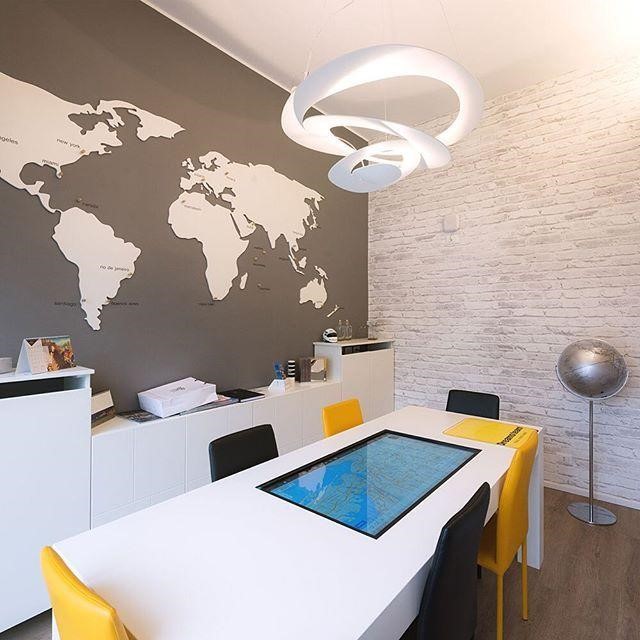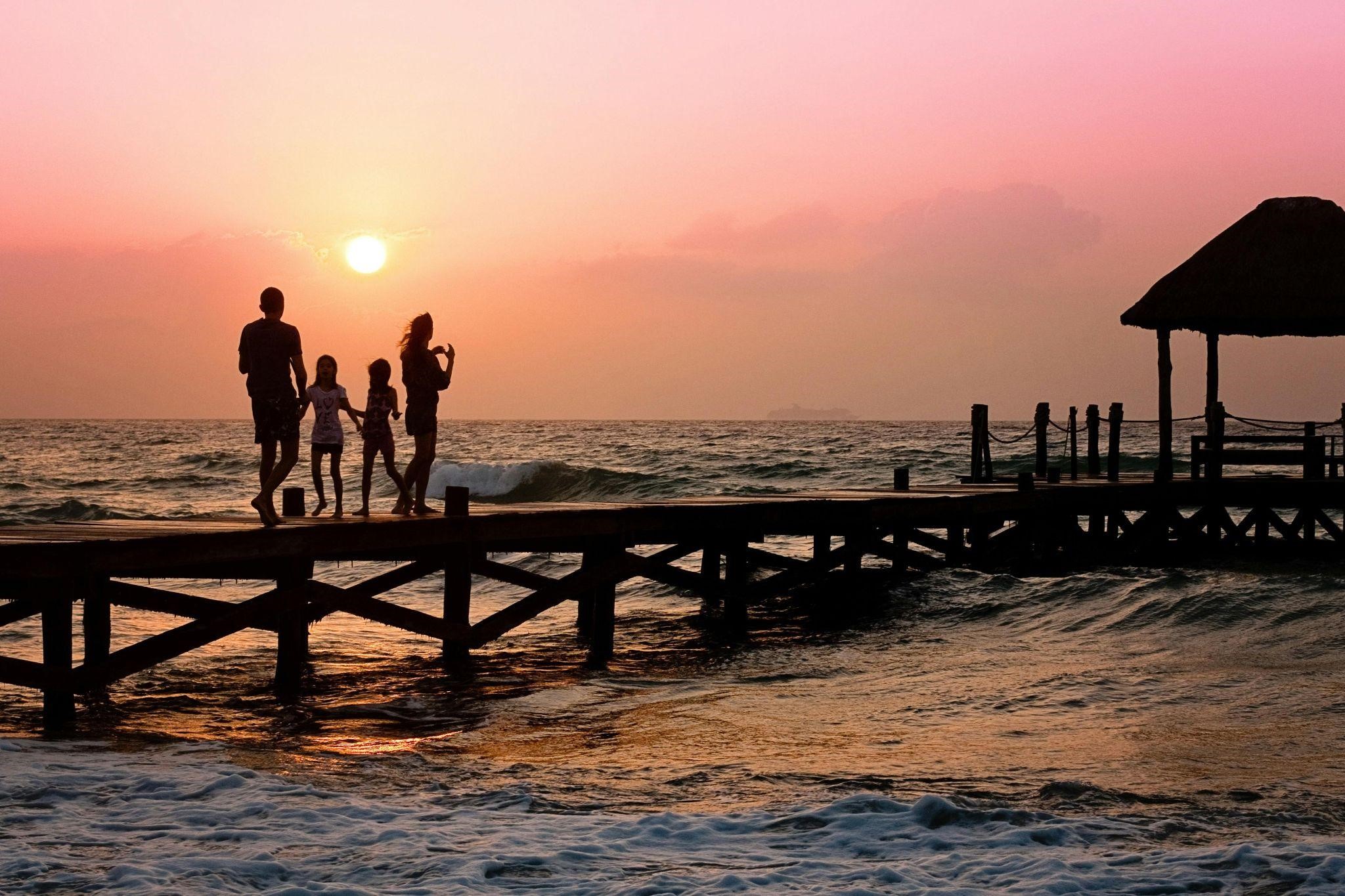The world is a captivating tapestry of landscapes, cultures, and experiences waiting to be woven into narratives through the lens of a camera. Travel photography isn’t just about capturing scenic postcards; it’s about preserving the essence of a place, its people, and their stories. If you’re a budding photographer yearning to translate your journeys into breathtaking visuals, this guide is your compass.
Starting: Basics of Travel Photography
Before you begin your photo adventure, learn the essentials. Know about ISO, aperture, and shutter speed – these control how much light goes into your camera. Use your camera’s manual mode to take charge of your pictures.
Choosing the right camera might seem hard. Small point-and-shoot cameras are easy to carry, while DSLRs and mirrorless cameras offer more control. Begin with what you have and get equipment that fits your style.
Planning Your Photo Journey
Do some research on your destinations. Look at pictures online and read blogs and guides to find famous spots and hidden treasures. Make a shot list, a plan for different angles and shots at each place. Decide what you want to capture – portraits, landscapes, or lively street scenes. Always be respectful of local rules and customs.
Taking Amazing Travel Photos
Let’s talk about making your photos look great! The rule of thirds means putting your subject to the side, which makes the photo more interesting. Use leading lines like roads or rivers to guide people’s eyes. Learn these basics to make your photos stand out.
For landscapes, the golden hour right after sunrise or before sunset gives a warm and beautiful light. Try different angles to show details and symmetry when taking pictures of buildings. For people, capture real moments and expressions. A child laughing or an old person’s hands can tell a story. Wildlife photos need patience and an understanding of animal behaviour. Learn to predict movement and catch special moments.
Natural light is perfect for photos. Understand how it changes during the day and use it well. Play with shadows, try silhouettes, and let the sun make your scene look golden.
Perfecting Your Travel Photos // Simple Tips for Editing, Shooting, and Sharing
Capturing great photos is important, but editing can make them even better. Here’s how you can make your pictures perfect.
- Editing Your Photos: A Final Touch of Magic
After taking your pictures, spend some time editing them. Simple adjustments like brightening colours or fixing contrast can make your photos pop. Learn to use editing software like Adobe Lightroom or Photoshop. But be careful not to edit too much – you want your photos to feel real.
- Practical Tips for Travel Photographers
When you travel, it’s essential to pack your camera gear safely. Get a good camera bag with padding to protect your equipment. Be patient and pay attention to your surroundings. Follow local rules and customs when taking pictures. Connect with local people – sometimes, a smile can lead to unique photo opportunities. Be open to unexpected moments and try new things.
- Sharing Your Photography with the World
Choose your best photos to create a collection that you love. You might want to make a portfolio or start a blog to share your work. Use social media like Instagram or Flickr to connect with other photographers and show everyone your passion.
Dive Deeper into Practical Tips for Travel Photographers
Keeping your precious gear safe
- Packing like a pro: Invest in a sturdy, compartmentalised camera bag with padding and weather protection. Pack only what you’ll need for the day’s shoot, leaving spares and heavier gear in secure accommodation. Utilise lockable pouches for smaller items like memory cards and batteries.
- Camouflage and distraction: Avoid flashy camera straps and logos, blend in with local crowds, and keep your gear out of sight when not in use. Consider decoy bags to misdirect potential thieves.
- Insurance and registration: Insure your equipment for peace of mind, and register your camera and lenses with a service like LensTag to facilitate recovery in case of theft.
- Backup is key: Regularly backup your photos to multiple storage devices like external hard drives and cloud storage platforms. Never rely solely on your camera’s memory card.
Respecting Local Cultures
- Do your research:
Understand local customs and dress codes before heading out. Seek permission before photographing people, especially in culturally sensitive situations. Learn basic greetings and phrases in the local language to show respect and build rapport.
- Avoid appropriation:
Be mindful of capturing images that exploit or stereotype the local culture. Focus on authentic interactions and genuine moments, showcasing the beauty of the community without appropriation.
- Give back:
Support local businesses and initiatives. Consider donating prints or contributing to community projects as a way to give back to the places you visit.
Travel Photography on a Budget
- Alternative transportation:
Opt for walking, cycling, or public transportation to explore destinations at your own pace and discover hidden gems. Consider bike rentals or local tours for off-the-beaten-path experiences.
- DIY workshops and learning:
Seek free online tutorials and resources instead of expensive workshops. Look for local photography clubs or events to connect with other photographers and learn from their experiences.
- Free photography challenges:
Participate in online photo challenges focusing on specific themes or techniques. This can push your creativity while saving money on workshops or paid instruction.
- Accommodation with a view:
Choose hostels or guesthouses with rooftop terraces or scenic outdoor spaces that offer unique photography opportunities without the hefty price tag of luxury hotels.
- Embrace local cuisine:
Skip over-priced tourist restaurants and indulge in street food and local markets. This saves money and lets you capture the essence of the place through its culinary culture.
TIO Offers several Benefits for Travel Photographers
- Exclusive Access to Locations: TIO’s T-Broker Marketplace provides photographers access to unique and diverse locations. They can discover new places and hidden gems, enabling them to capture stunning and distinctive photographs that stand out.
- Collaboration Opportunities:
Through TIO’s VendorHub, photographers can collaborate with local vendors and businesses at various travel destinations. This collaboration allows them to create tailored photography experiences for clients or photo-centric travel packages.
- Efficient Travel Management:
TIO’s platform streamlines travel arrangements, making it easier for photographers to plan their trips. With T-Broker Marketplace, they can find affordable and convenient travel options, allowing them to focus more on their photography work.
- Professional Networking:
TIO’s platform facilitates connections with other professionals in the travel industry, providing opportunities for photographers to network with travel agents, tour operators, and fellow photographers. This networking can lead to partnerships, collaborations, and exposure to their work.
- Cost-Effective Solutions:
Utilising TIO’s services, photographers can benefit from cost-effective deals on flights, accommodations, and local services through VendorHub. This cost efficiency allows them to allocate their budget more effectively, ensuring high-quality photoshoots without overspending.
- User-Friendly Interface:
TIO’s platforms are designed to be user-friendly, making it accessible for photographers of varying technological expertise. This ease of use enables them to navigate the platforms effortlessly and leverage the available tools to enhance their photography ventures.
Overall, TIO presents travel photographers with a comprehensive platform that simplifies travel logistics and provides them with opportunities, resources, and support to elevate their craft and photography businesses.
Final Thought
Travel photography is a journey of discovery, both of the world and yourself. Don’t be afraid to make mistakes, experiment with different styles, and learn from every click. Remember, a camera is merely a tool; the real magic lies in your eye, your perspective, and your ability to capture the essence of a place. So, pack your bags, grab your camera, and get ready to paint the world with your unique vision. Bon voyage and happy clicking!
Visit TIO, for more information.
FAQs
- What is travel photography?
Travel photography involves capturing images that depict the essence, culture, landscapes, and people of various destinations you visit. It’s about telling stories through images while exploring different places.
- I’m new to photography. Where should I start with travel photography?
Start by familiarising yourself with your camera equipment. Learn the basics of composition, lighting, and camera settings. Practice taking photos in your local area before embarking on travel adventures.
- What essential gear do I need for travel photography as a beginner?
As a beginner, start with a camera (DSLR, mirrorless, or even a smartphone), extra batteries, memory cards, a versatile lens (like a wide-angle or standard zoom lens), a sturdy tripod, and a camera bag to carry your equipment.
- How can I improve my composition skills for travel photography?
Focus on elements like the rule of thirds, leading lines, symmetry, framing, and perspective. Experiment with different angles and viewpoints to create visually appealing compositions.
- What are some tips for taking better photos while travelling?
Utilise natural light for better results.
- Research your destination to capture unique perspectives.
- Interact with locals for authentic and interesting portraits.
- Be patient and observant, waiting for the right moment to capture the shot.
- Experiment with different camera settings and techniques.
- Should I edit my photos after taking them?
Editing can enhance the quality of your images. Adjustments like exposure, contrast, colour correction, and cropping can significantly improve your photos. However, ensure that editing doesn’t alter the authenticity of the scene.
- How can I protect my camera gear while travelling?
Invest in a sturdy camera bag or case to protect your gear from impacts and adverse weather conditions. Additionally, consider getting insurance for your equipment in case of theft or damage.
- What are some ethical considerations in travel photography?
Respect local customs and privacy when photographing people. Always seek permission before taking someone’s photo, especially in sensitive or private situations. Be mindful of cultural sensitivities and local regulations.
- How do I balance enjoying and capturing the moment through photography while travelling?
Finding a balance between experiencing the destination firsthand and capturing memories through your lens is crucial. Allocate specific times for photography while allowing yourself to immerse fully in the travel experience.
- Where can I learn more about travel photography as a beginner?
Various online resources, photography courses, books, and workshops are available. Additionally, joining photography forums or communities can provide valuable insights, tips, and feedback from experienced photographers.


